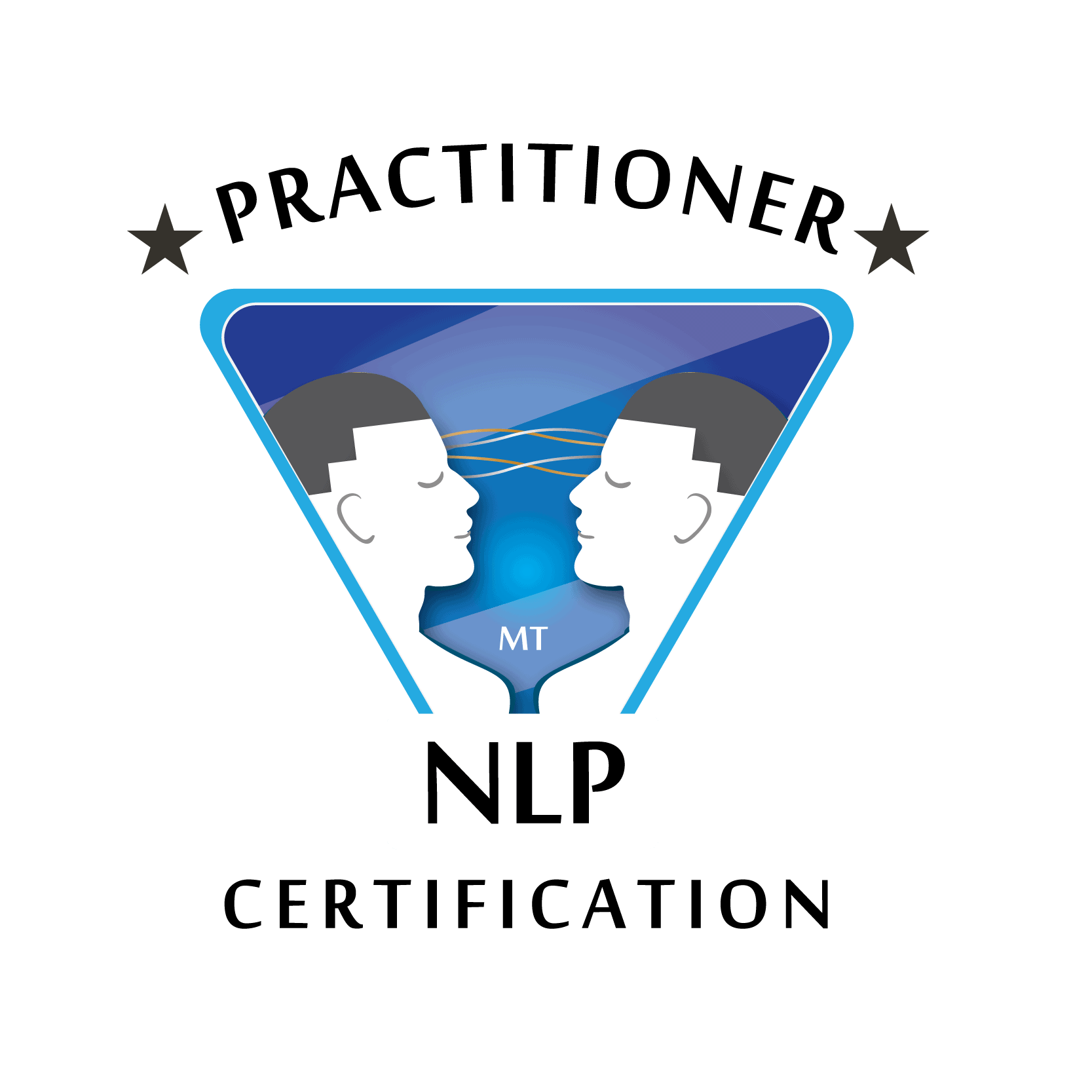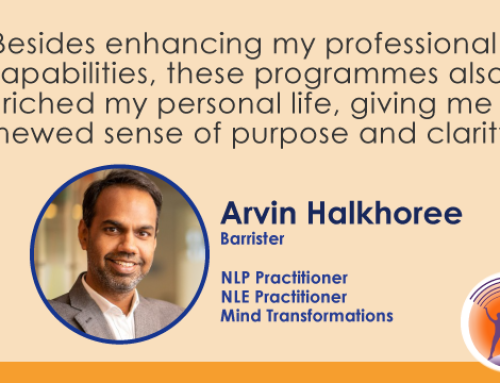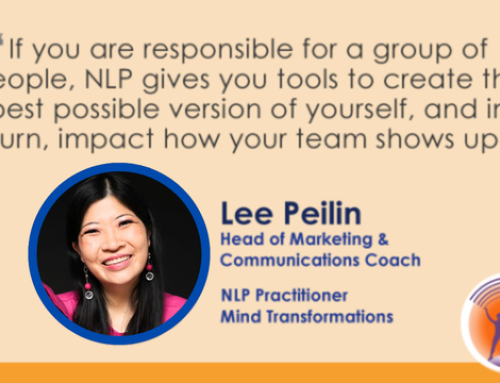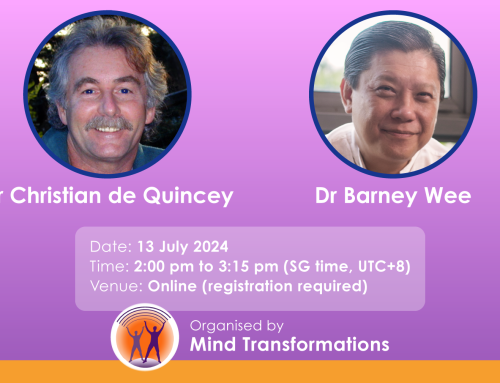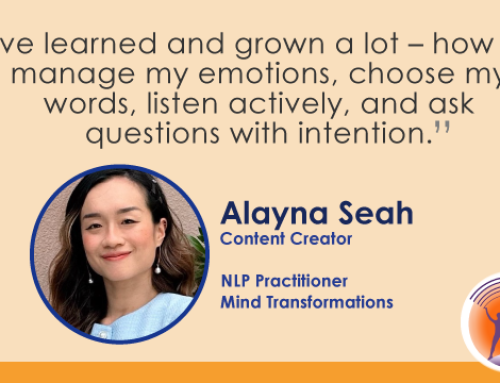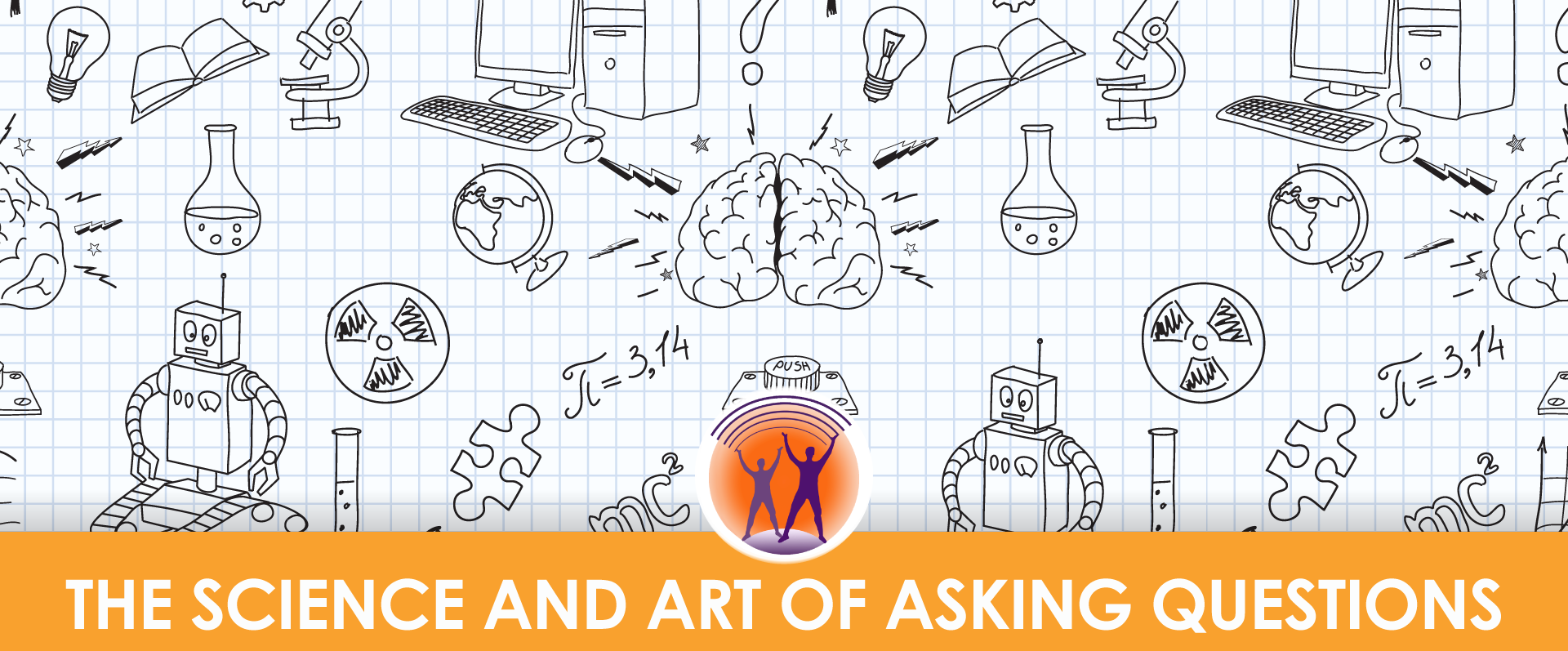
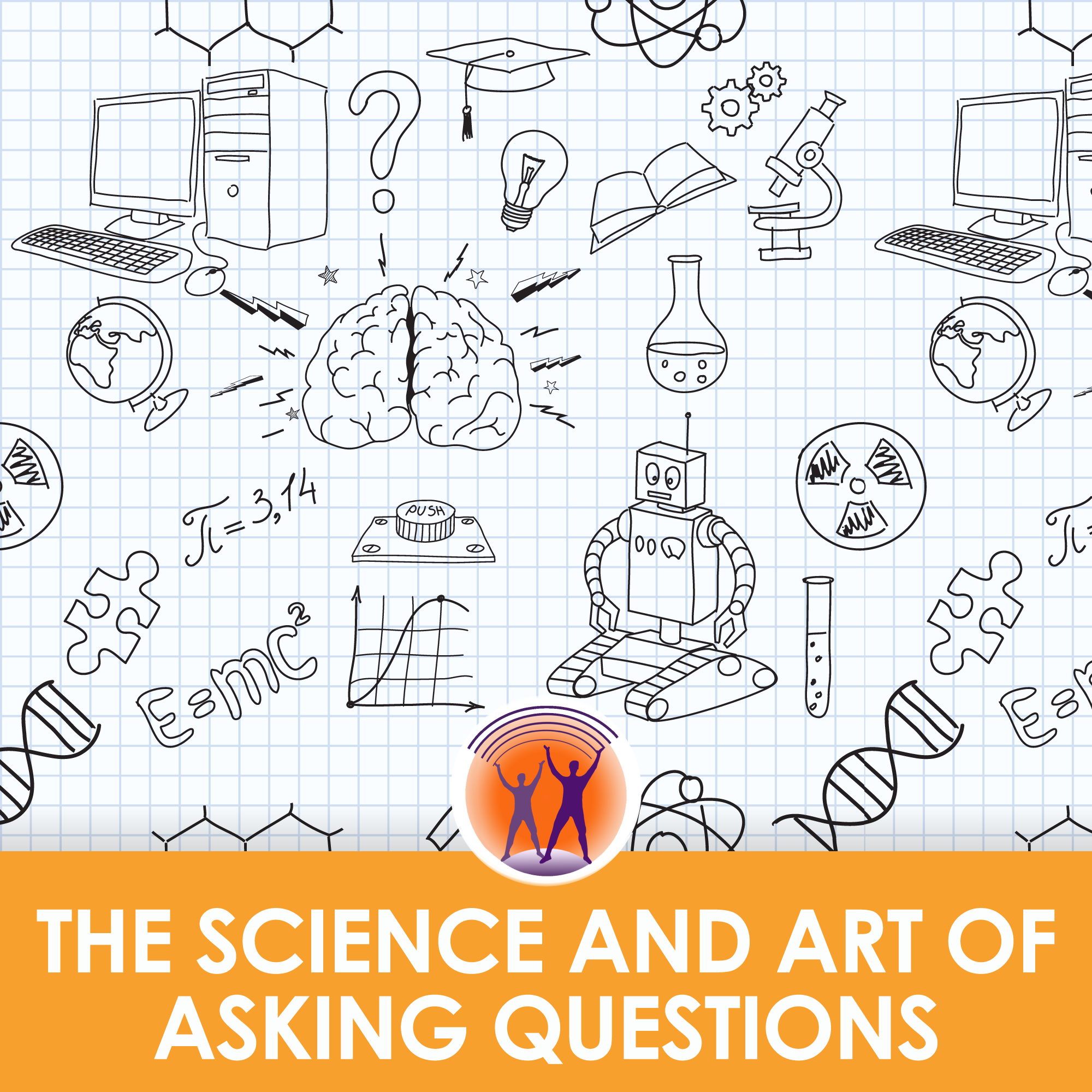
I once struggled with asking questions. Holding a conversation was a tricky affair. If I had no information to offer, I would clam up. I couldn't fathom what I could ask the other person.
After years of painfully silent non-conversations or one-sided conversations in which I occasionally returned weakly with "And what about you?" to questions I was asked, I have found three essential elements for asking questions.

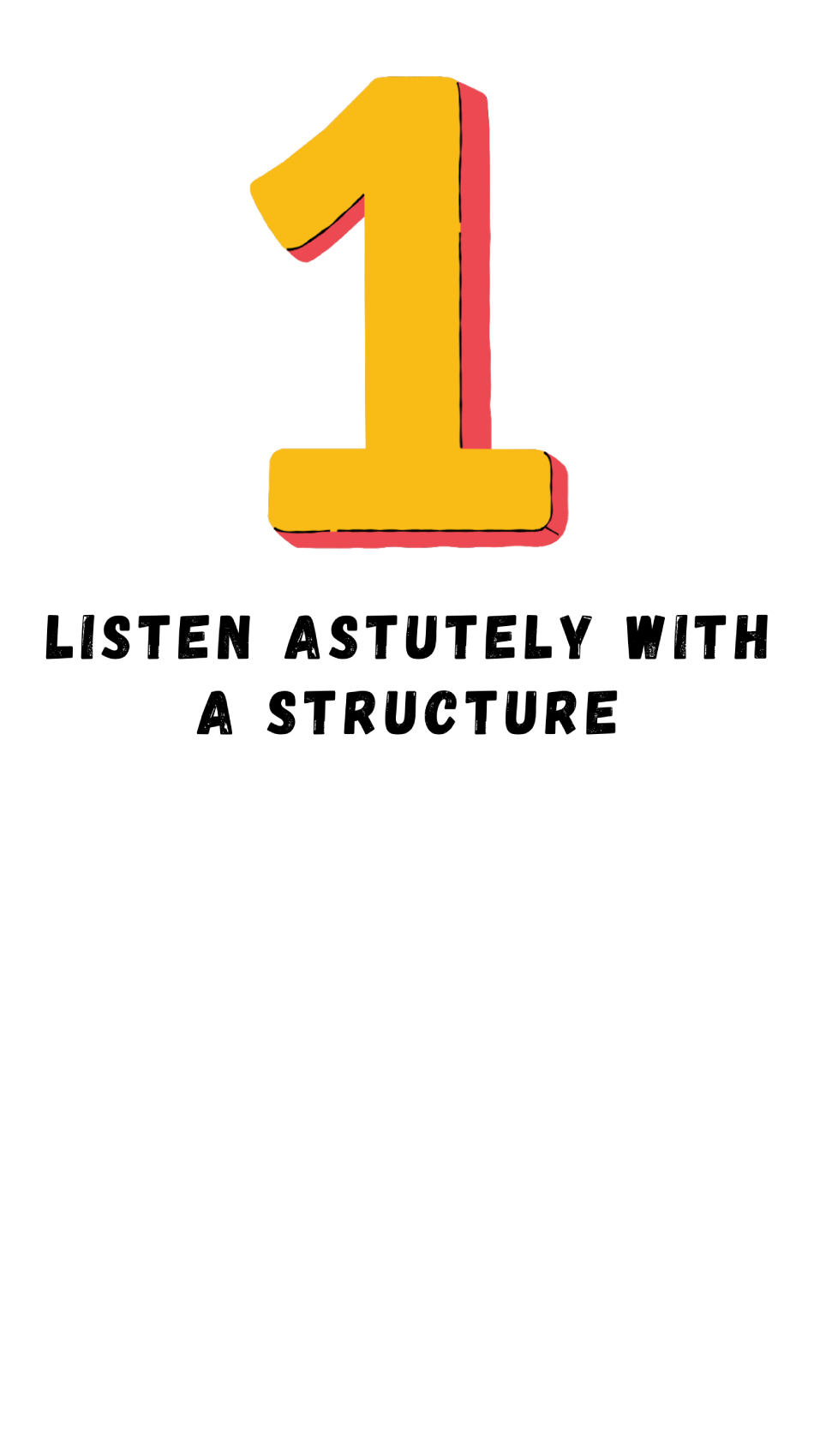
1. Listen astutely with a structure
The first element is the skill of astute listening.
Astute listening comes from listening with a structure in mind.
A structure is not the same as a set of answers (listening to confirm) or arguments (listening to challenge). A structure is simply a framework where you place the information you hear. The framework is empty when you begin the conversation.
When you listen with a structure in mind and place the data you collect in the framework, you form a picture of what's happening in the other person's world. The information gaps, contradictions, and circular loops start showing up.
Wouldn't you be curious about these gaps, contradictions and loops? Time for some questions!
The answers go into the framework, and you can observe what changes. And if more questions are needed.
Moreover, both parties gain clarity when you ask questions based on these observations.
NLP Frameworks that I often use include Conversational Frames, the SCORE model, and Logical Levels.

2. Hear the unsaid
The next element is the magic of hearing what's unsaid. (Hint: it's a skill.)
How do you hear something if nobody said it?
You might have experienced this before. The person did NOT say anything, but somehow you "got it". There was an unspoken concern, assumption or a hidden expectation.
Sometimes, you got it right; sometimes, it was an information gap, and you made a wrong guess - and fell flat on your face.
We can take the guesswork out of this by using a different kind of structure - that of linguistics.
When we pay attention to how the other person speaks, their words and sentence patterns can tell us a lot.
Depending on the context, a statement like - "He's obviously doing this to spite me." - could warrant questions to find out:
Who "he" is.
What actions were done.
How the speaker knows the intent of the actions.
Listening out for Meta Model violations points me to places where I want to get more information to figure things out.

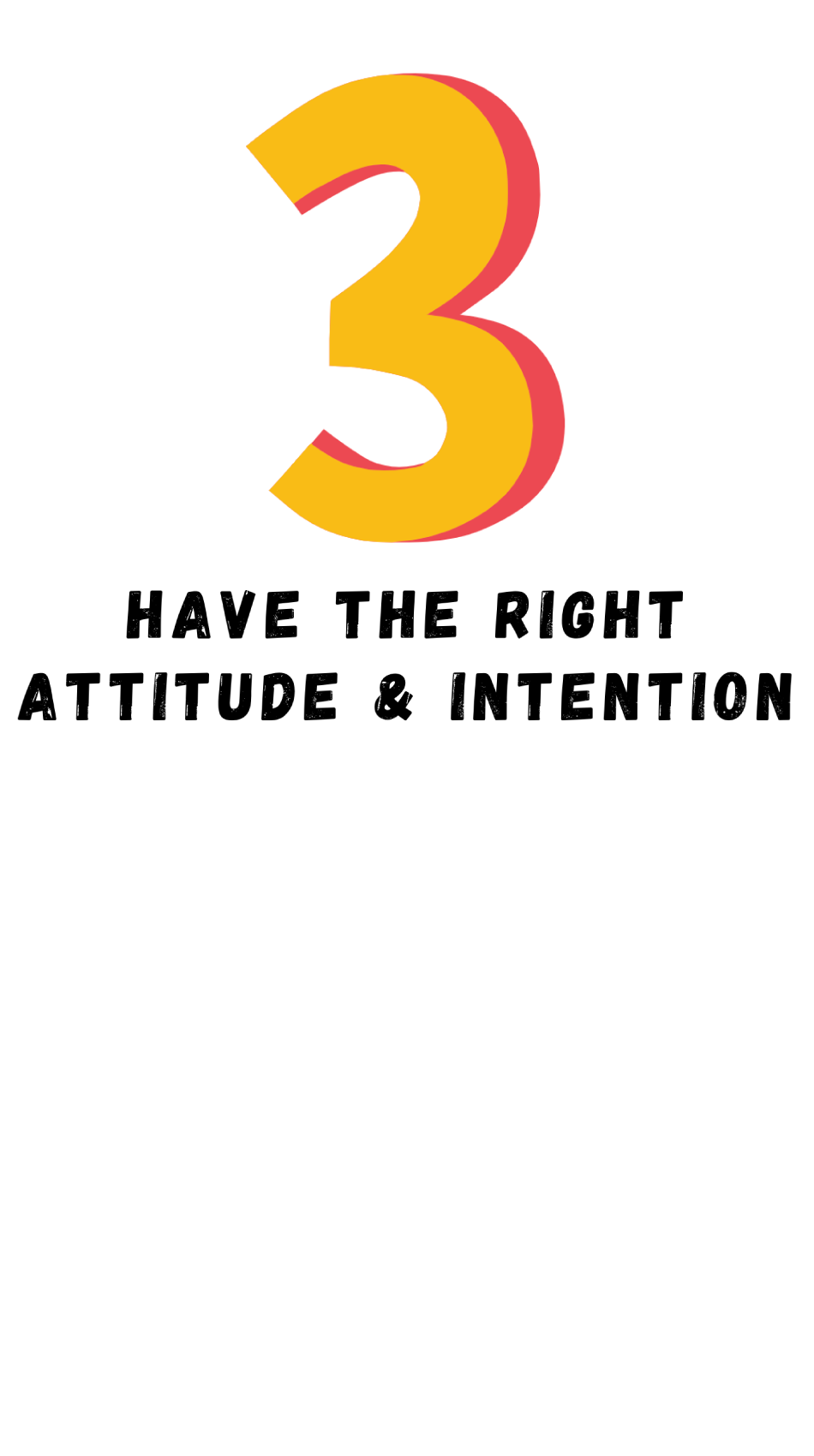
3. Have the right attitude and intention
The final crucial element is having the right attitude.
We can start by being curious. No amount of effort can generate a good question if you're not curious about the person or interested in the situation. What makes the person tick? What's important or valued? What's going on in their world?
Being curious is also related to being open.
When you're open, you can stay curious when the person says something unexpected or seems irrelevant or that you disagree with. After all, it's about the person in front of you, not about you.
"The map is not the territory." is a useful NLP presupposition for such situations. Without jumping to conclusions, what other things could we learn about what's being said that can widen our understanding of the person's world?
The best gift in a conversation is that of presence.
When speaking to someone, do you listen to give an answer or ask a question instead of listening to hear what the person has to say?
When we are present in a conversation, we truly hear what the person is saying, including the pauses, the subtle emphasis, and the energy shift when they say something. The resultant gentle resonance will naturally guide us to discover more about what's there.
The questions will come naturally when we're curious, open and present in a conversation.
Beauty in balance
The first two elements of astute listening using frameworks and hearing the unsaid using linguistic meta-models are relatively technical or "hard".
While we can ask good questions by solely focusing on the technical aspects, the other party might not enjoy the experience - it could feel like being interrogated or challenged.
The third element - having the right attitude - is comparatively softer.
When we embody curiosity, openness and presence in a conversation, the person feels heard.
By balancing all three elements, we create a positive experience in a conversation.
Silent no more
With these three elements in place, asking questions is no longer the scary ordeal it used to be for me. It gets easier with practice. On a good day, the other person might pause and say, "That's a good question." (GOAL!!!)
Try these for yourself - asking questions can become easier, and you can improve your conversations this way.
Mind Transformations' NLP Practitioner Certification training includes the art of observing people, listening to hear what's not said, and asking questions about them. How would your interactions with others improve if you could do these easily?
Learn more on the course page or chat with us info @ nlpsgasia.com.
